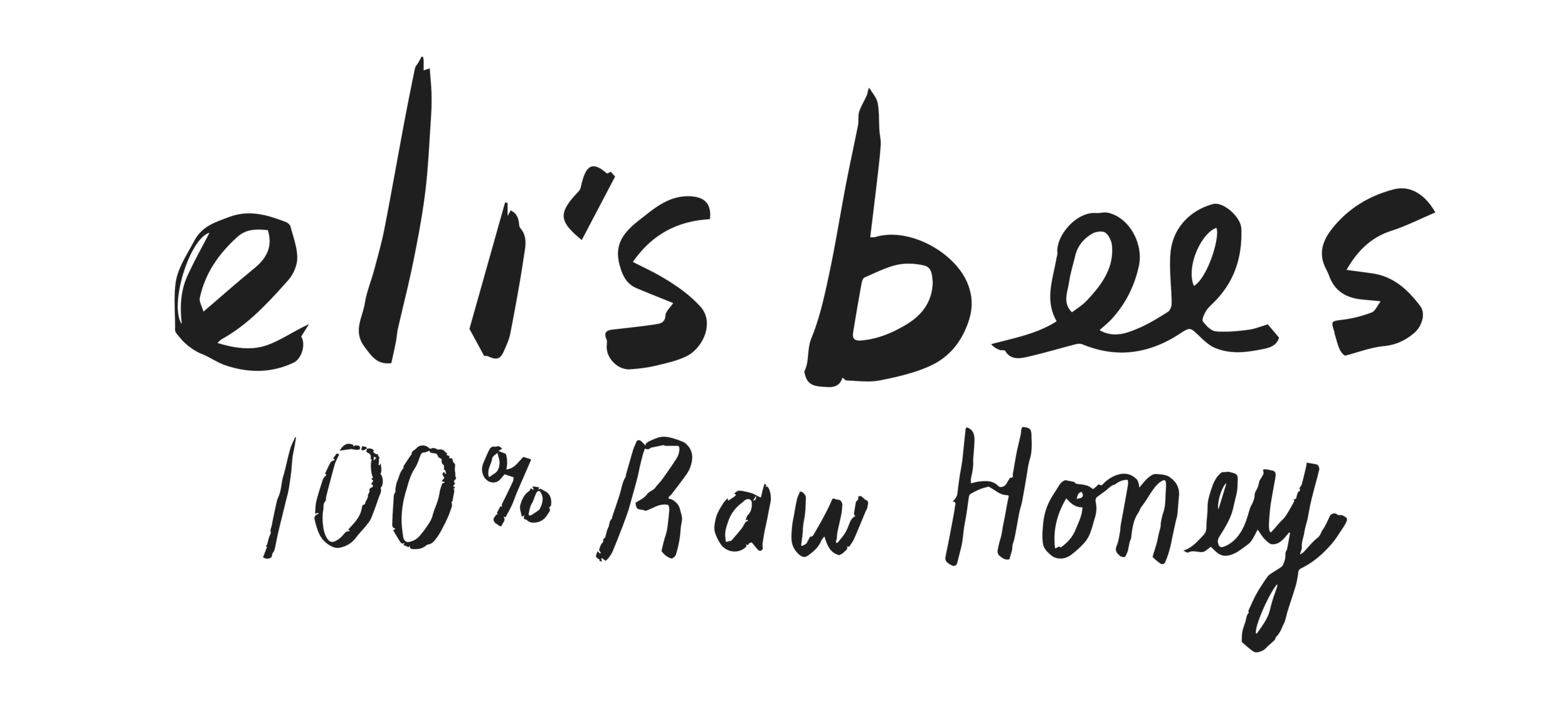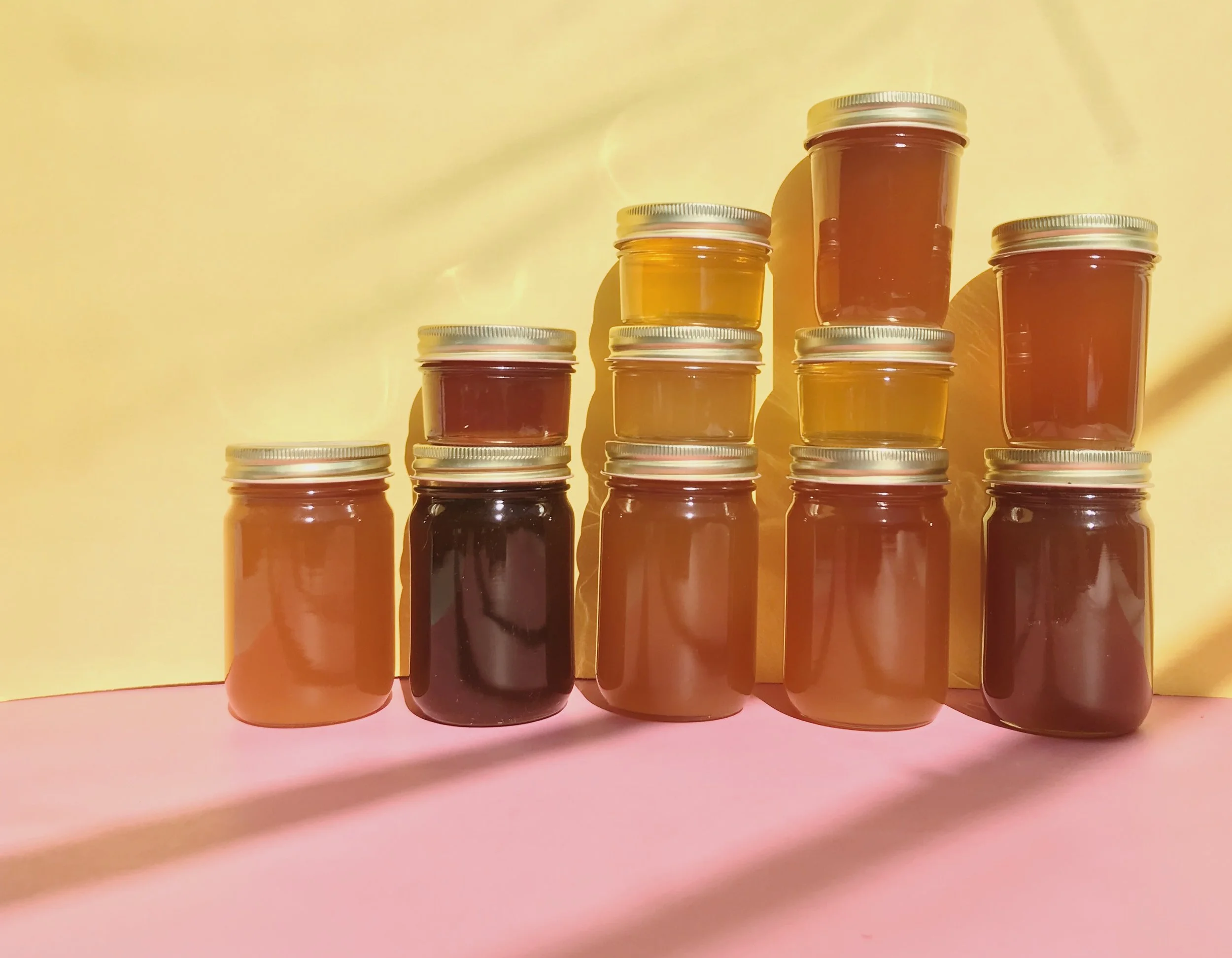HONEY VARIeTIES
Available Honeys of 2025:
_______________________
Western Malibu:
Collected from apiaries along the upper ridges of Western Malibu — from Saddlerock Ranch to Yerba Buena — this dark, full-bodied honey arises from land reborn after the Woolsey Fire. The chaparral’s renewal brought an abundance of “fire-following” wildflowers, lending a rich depth and earthy sweetness. Naturally crystallizing over time, it’s a taste of resilience and rare summer bloom.
Purple Sage:
Harvested from hives nestled in the chaparral stretching from Topanga Canyon to Malibu Creek State Park, this honey captures the tail end of spring’s purple sage bloom. Light in color with a soft floral note and a whisper of wild mustard and radish, it reflects the rugged beauty of the coastal hills as they shift from green to gold. Smooth, delicate, and subtly complex — a favorite for those who like their honey bright and balanced.
Topanga Canyon:
Harvested solely within Topanga Canyon during the early summer, this golden honey embodies the canyon’s wild mix of sage, sumac, and toyon. Light, fragrant, and distinctly local, it carries the warmth of sunlit hills and the quiet hum of canyon life. A rare and beloved expression of our home terrain.
Coastal Wildflower:
Drawn from apiaries along the Pacific Coast Highway — from Malibu Canyon to the Ventura County line — this late-summer honey is dark, medicinal, and deeply nourishing. The bees gather nectar from coastal buckwheat, sage, and seaside daisies, producing a thick, full-bodied honey kissed by ocean air. It’s our richest variety — bold, grounding, and elemental.
Honey Stock note:
2024 was a harsh year in the Santa Monicas -- Late rains, cold spring time temperatures, and prolonged drought conditions have contributed to a low honey supply. However, drought time honey often has a stronger and more unique taste profile than years with abundant honey flow.
A drought summer of native mountain bloom from the ridges of the Santa Monica mountains. This area was completely burned by the 2018 Woolsey fire and therefore represents the last harvest from those mountains of these mature chaparral plants for the foreseeable future. Nectars are a mix of Sage, Laurel Sumac, Toyon berry, Buckwheat, and Oak honey dew.
Harvested from the chaparral between Topanga and Malibu Creek in late spring. Light in color with a soft floral note and subtle sweetness. A delicate and limited seasonal bloom.
A wildflower blend of the bees living on the coast in Malibu made between the months of March, April, and May 2024. It includes a mix of coastal wildflowers (mustard and wild radish) and berry nectars such as raspberry, blackberry, blueberry.
Harvested from 3 locations in Topanga canyon in the early summer. A light sage mix with sumac and toyon. Due to the drought, this harvest is quite limited. Rare and delicious.

